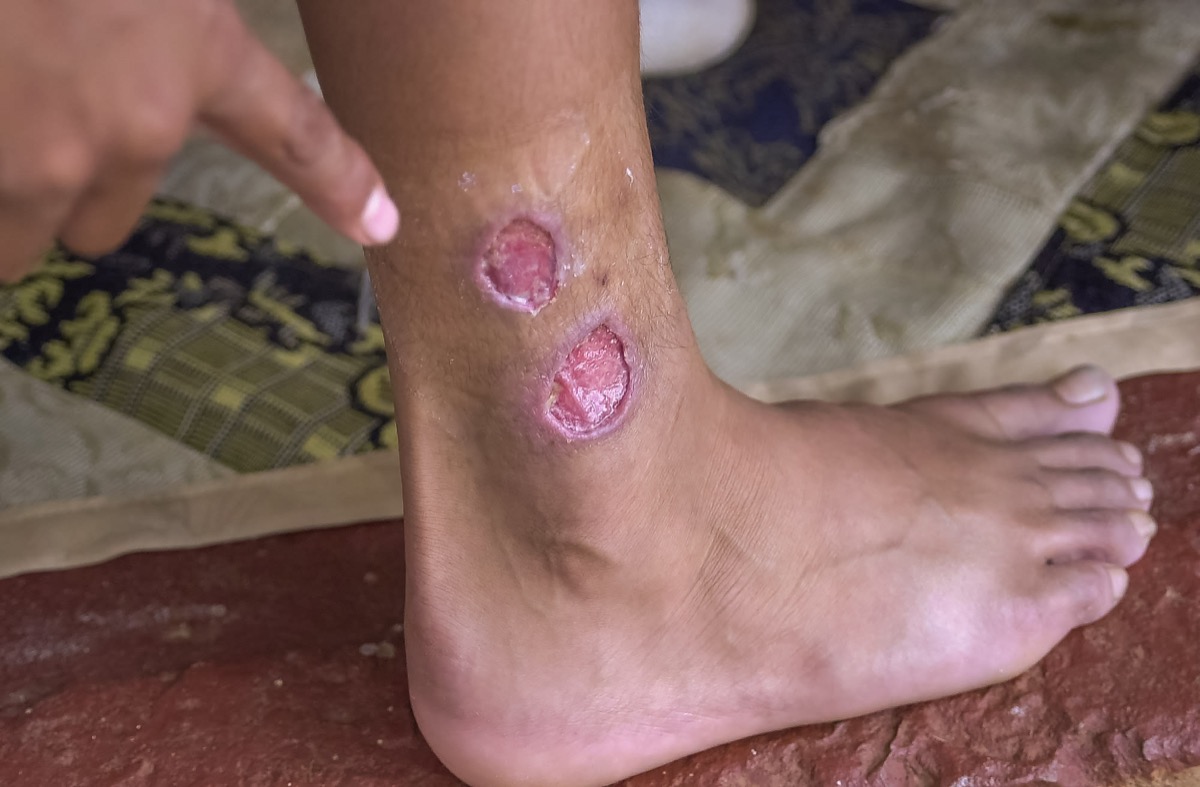Infectious Diseases
There were a number of infectious diseases that were present in the war zone. However, medical records showed that these diseases were not much of an issue for troops, especially since personnel took precautionary measures. Yet, we cannot overlook the fact that many infectious agents will lay dormant for a number of years before causing an illness, even acute ones.

Some infectious diseases include malaria, sand-fly fever, and another unique disease linked to deployment during the Gulf War, known as Leishmaniasis. The disease known as Leishmaniasis is parasitic and originally found in sections of the subtropics, tropics, and in southern Europe. The disease has a number of forms, but the main one is transmitted through the bite of a female phlebotomine sand fly.
Biological Warfare
Another potential cause of Gulf War Syndrome would be exposure to biological weapons. Although evidence of biological factors being present has yet to be revealed, there is no reason to overlook this as a potential cause. During the time of the Gulf War, Iraqi extremist groups were experimenting with a devastating biological weapon known as anthrax, which came into play several years later during the War on Terror post 9-11.

Another possibility that cannot be overlooked is the use of bio-toxins in Iraq. A bio-toxin is produced by a living organism, like bacteria. For instance, endotoxins, which are emitted whenever a cell dies, are sometimes responsible for effects similar to those of toxins or chemical warfare and will not cause any infectious disease.
More from Things Health
-
Polycystic Ovary Syndrome
Polycystic ovary syndrome is an overall endocrine disorder with its prevailing manifestation on female reproduction. It is identified if any two problems of the following…
-
Bilateral Carpal Tunnel Syndrome
While creating an inability to do regular functions in one hand could make life miserable, issues occurring in both the hands could make life hell.…
-
Heart Disease And Obesity
Binge eating is regarded an eating disorder whenever you cannot stop yourself from eating a lot of food very quickly, even whenever you are not…
-
Mindfulness And Meditation
Meditation was found to have a favorable influence on the body, brain, and spirit. Successful direction of persistent pain, reduction in blood pressure level, and…
-
The Rarest Medical Conditions in the World
Having a disease that is more rare does not necessarily mean that it is associated with more severe symptoms, even though this is often how…

















